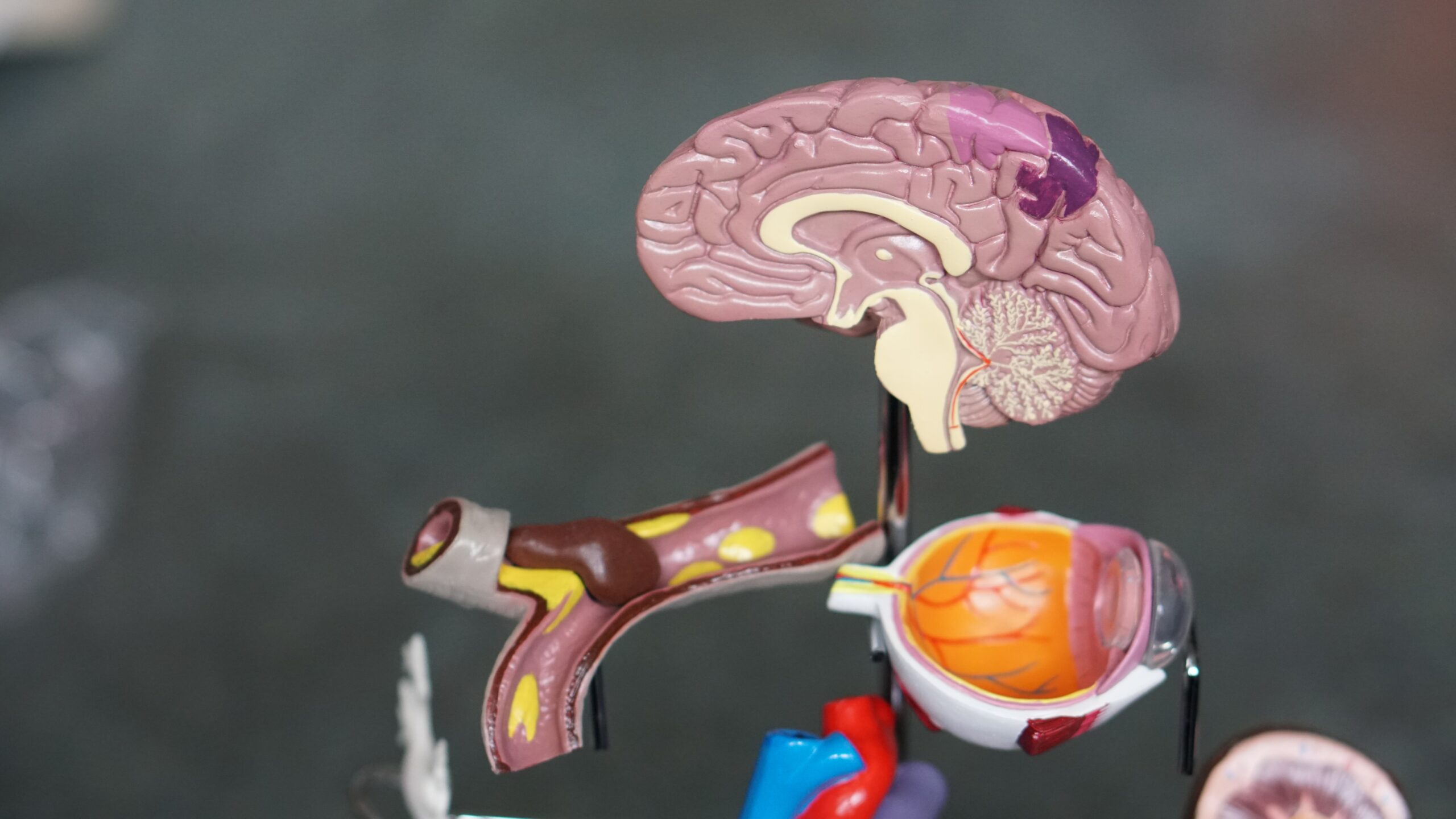ABSTRACT:
Most patients with traumatic brain injury (TBI) have visual and nonvisual retinal signal processing problems with concomitant dysfunctional sensory systems integration. These dysfunctions often include problems of spatial orientation, motor planning, and motor control. They are generally not visible on diffusion tensor imaging, diffusion spectrum magnetic resonance imaging, or functional magnetic resonance imaging and are not discernible by neuro-ophthalmological, standard optometric, or ophthalmological testing. In contrast, the neuro-optometrist, while examining the TBI patient's conscious cortical processing, puts great emphasis on unconscious ambient processing to assess the patient's ability to tolerate and adapt to environmental changes beneath conscious awareness. This often overlooked, yet potentially critical, information from both subcortical and cortical components of the visual system, sometimes combined with other sensory signals, is used to evaluate and treat patients with processing dysfunctions.

